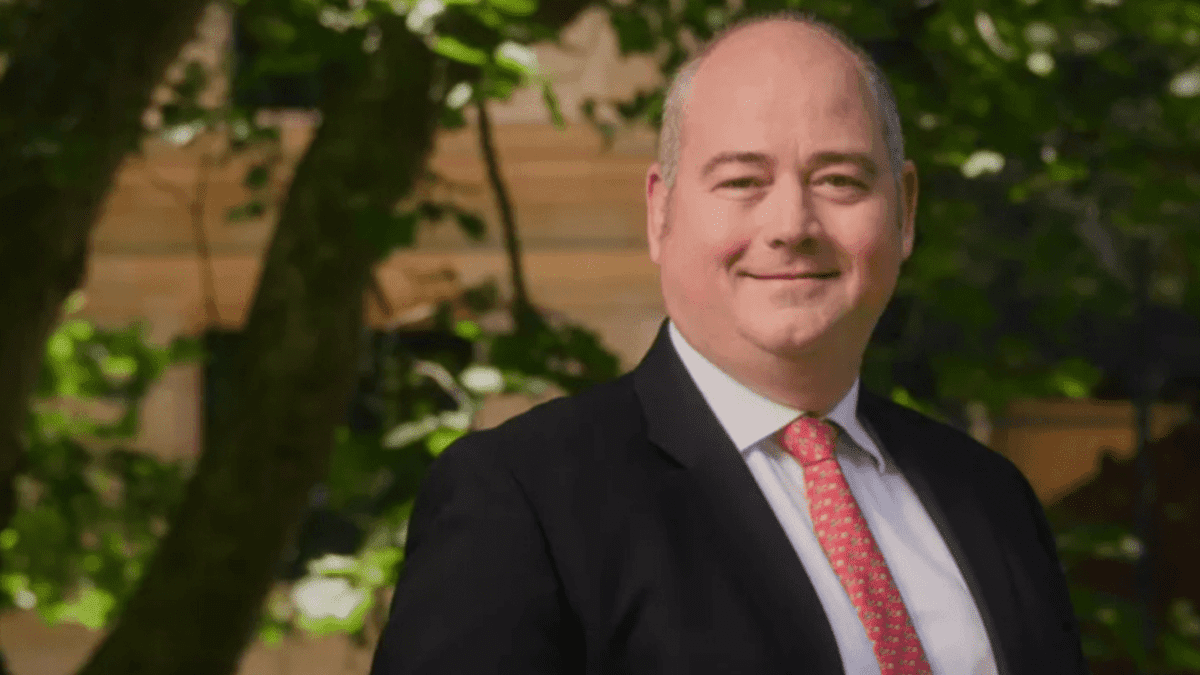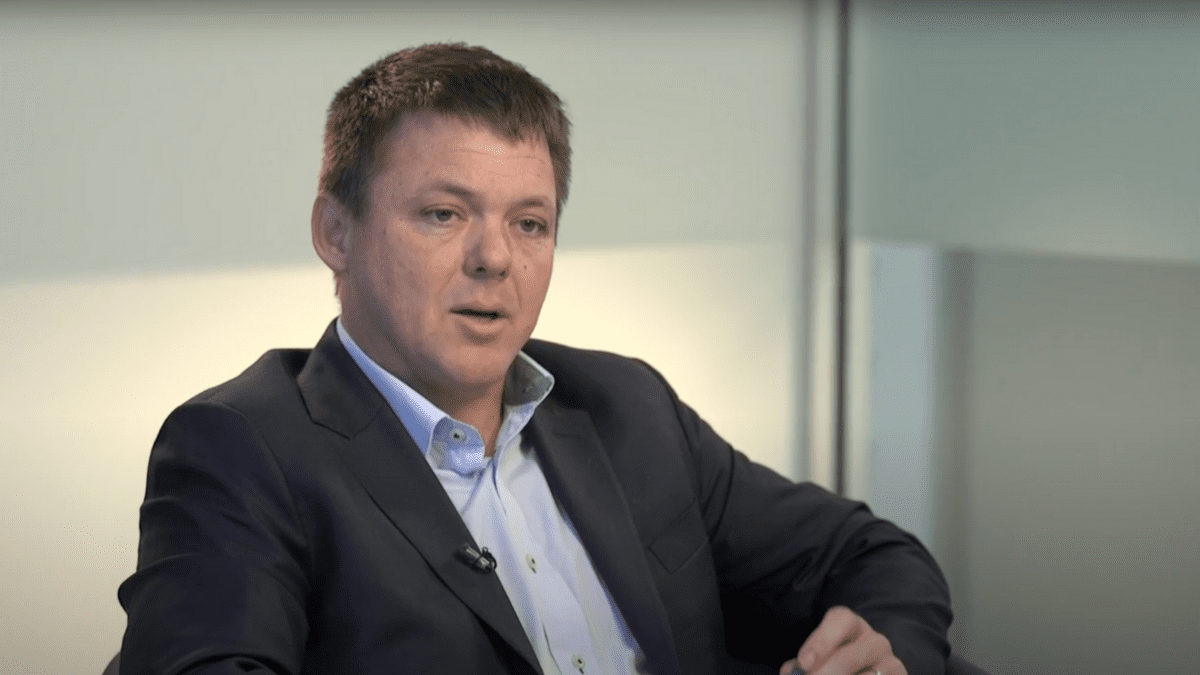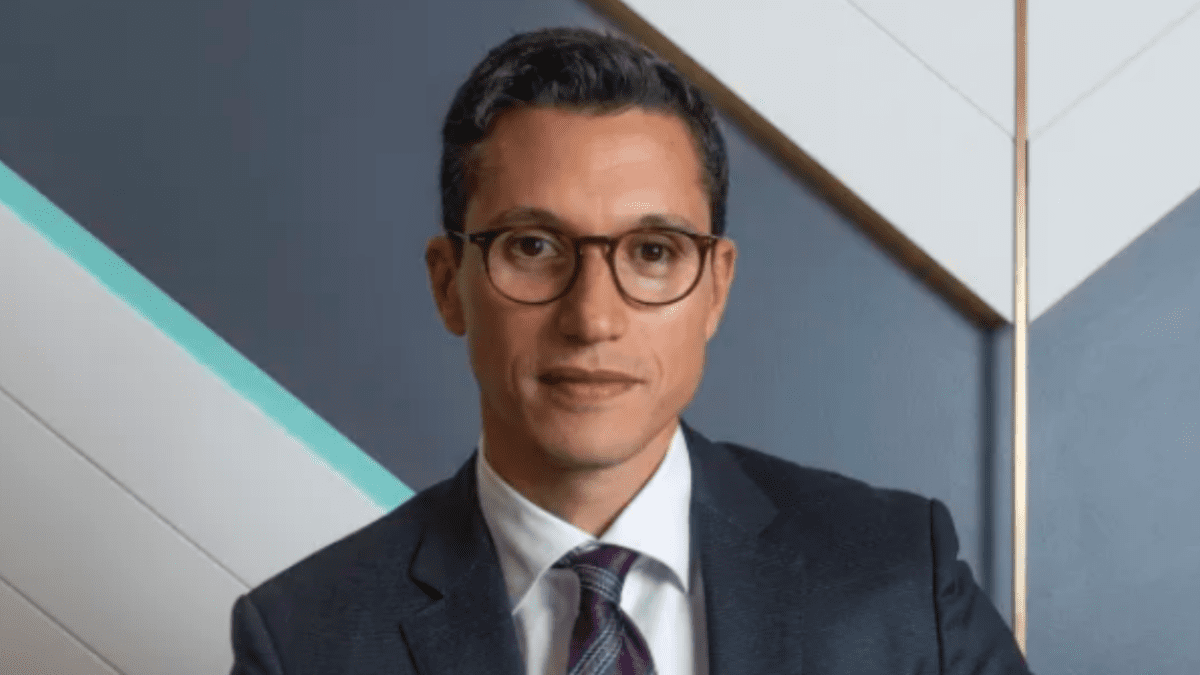ETF growth highlights demand for low-cost investment options
The global exchange-traded funds (ETFs) market surpassed US$10 trillion in assets under management in 2021, and local investors are adding to the growth trend, with the Australian ETF market quintupling in size in the last five years. Market sources say the prospect of low-cost access to diversified investment opportunities has ETFs set up for continued growth, with global and Australian ETF products continuing to offer attractive alternatives to managed investment vehicles.
In an annual ETF report released in June, Stockspot noted that Australian investors made A$10 billion in returns investing in ETFs in the previous 12 months. The Australian ETF market grew 32 per cent in the year ending March 31, from $102.1 billion to $135.7 billion – the highest yearly flow on record for the segment, with Australians buying $23 billion of ETFs.
“This paradigm shift from high-cost to low-cost has been happening since the global financial crisis,” Marc Jocum (pictured), senior manager of investment and business initiatives at Stockspot, told The Inside Investor. “Low-cost index funds ETFs have seen strong inflows, while money has been leaving actively managed funds. We expect to see this trend continue in Australia as both investors and financial advisers adopt ETFs as their preferred investment vehicle.”
Explaining the segment’s growing popularity in Australia since the product first became available, Blair Hannon, Global X ETF’s head of investment strategy, said the use of passive ETFs as an investment tool stacks up. “Over the past 30 years or so, investors have become consistently more comfortable with ETFs,” he said. “People are now much more allocating to these products.”
Australian share ETFs as well as products focused on international and US shares have become increasingly popular with individual and self-managed super fund (SMSF) investors in Australia, the report noted.
The market’s growth has seen the number of products available balloon from a few hundred worldwide in the early 2000s to thousands of ETFs today, leaving the individual investor with a surplus of choice. As of March 2022 there were 266 ETFs listed on the ASX and Cboe Australia, including 35 products added in the past year, Stockspot said.
Comparing top global ETFs
Based on its ETF report, the company on November 4 released reports analysing the top global ETFs and Australian ETFs, comparing them by size, costs, slippage, liquidity and returns, with the Australian ETF analysis also looking at a fund’s track record. It found Australian investors had $67 billion invested in ETFs tracking global shares on the ASX and Cboe Australia as of September 30, with $37 billion invested in ETFs tracking Australian shares, up 184 per cent from five years ago.
Seven global share ETFs have more than $1 billion under management, and there is $28 billion invested in the 12 largest funds, Stockspot said. The S&P 500 ETF has been among the most popular, with more than $4.8 billion invested in the fund on the ASX. The Vanguard Australian Share index ETF and iShares S&P 500 ETF were the two ETFs that made investors the most money, $1.4 billion and $800 million, respectively, according to the report.
Looking at options for global share ETFs, the report noted that because the US share market has outperformed other global markets in the last five years, “investors have gravitated to this market for their global exposure”. It also said unhedged global ETFs have attracted more funds than have hedged products thanks to the falling Australian dollar.
The low-cost characteristics of exchange-traded products are a large part of what sets them apart from managed funds and listed investment companies; ETFs charging less than 0.25 per cent annually receive close to half of fund flows, Stockspot said, while some charging fees of 0.5 per cent or higher have experienced outflows.
Advantages of index investing
In addition to offering lower costs, the passive ETF market has notched a strong performance record: 90 per cent of active ETFs underperformed a traditional index ETF over the past year.
Someone investing in a simple ETF would have earned 47 per cent more over the past five years than they would have investing in Australia’s largest managed funds, the Stockpot research showed. The market has grown at an annual rate of 38 per cent over the last five years – four times faster growth than the broader Australian wealth management market, which is growing by 7 per cent a year.
In contrast, the US and European ETF markets are growing at an annual rate of 24 per cent and 23 per cent, respectively. The growth is helped by ETFs’ ability to handle market volatility, which has been prevalent since the COVID-19 pandemic and more recently the Russia-Ukraine war.
“While some active fund managers had to freeze investors from being able to redeem their money, ETFs continued to trade and act as highly transparent and liquid investment vehicles,” the Stockspot report said.
ETFs still make up only around 4 per cent of the total funds market in Australia, compared with 25 per cent in the US. Jocum explained that the US had an “eight-year advantage” over the Australian market as the first ETF launched in the US in 1993, but that the local market is catching up.
“We expect the 4 per cent penetration figure in Australia to rise materially over the next decade due to greater adoption among investors and advisers, continual poor performance from active funds and greater product proliferation in the ETF market,” he said.
With low costs compared with managed investment products acting as a major draw and more ETF products entering the market, the ability of issuers to differentiate their offerings and continue the growth trajectory will depend on more than just a race to the lowest fees, sources noted. And according to Jocum, actively managed ETFs and innovations such as thematic ETFs are not necessarily improvements over the simple, passive ETF.
“All ETFs have certain operational costs to run, so… issuers need to charge enough to make the ETF commercially viable,” he explained, adding that fee wars have already erupted among larger ETF issuers. “Instead of competing on fees, we will likely see more ETFs entering the market offering distinct investment strategies such as active ETFs and thematic ETFs,” Jocum added. “However, these shiny objects are usually more expensive and may be great marketing vehicles, not great investing vehicles.”









